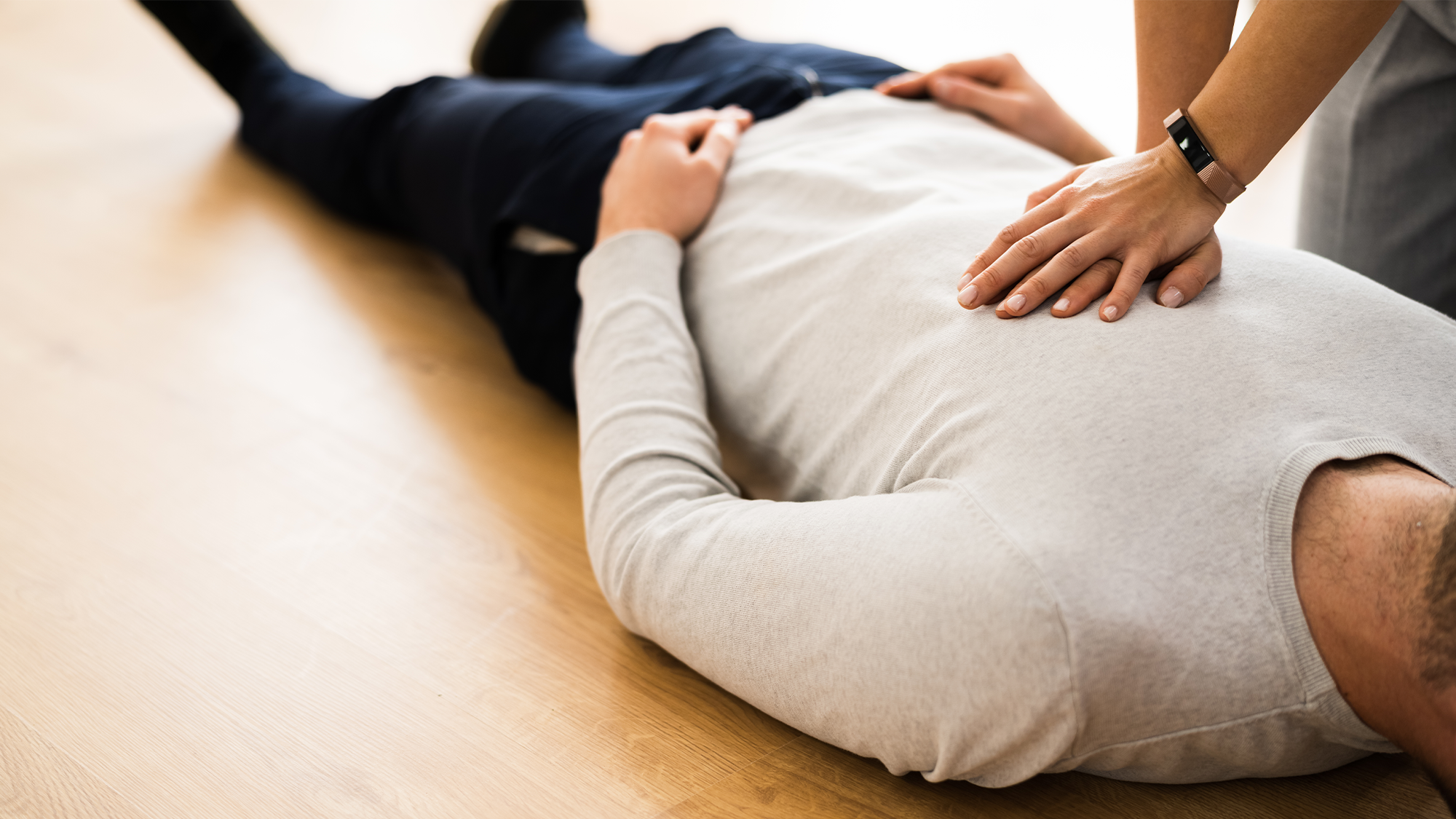

Time is absolutely critical during medical emergencies, particularly cardiac arrest. New preliminary research of close to 200,000 incidences where cardiac arrest occurred outside of a hospital shows just how crucial every second really is. The sooner a bystander begins cardiopulmonary resuscitation (CPR)–ideally up to 10 minutes after the cardiac arrest starts–the better the chances of survival. Those who received quick CPR had an 81 percent higher chance of surviving up to hospital discharge and a 95 percent higher rate of surviving the episode without significant brain damage. The preliminary data will be presented at the American Heart Association’s Resuscitation Science Symposium on November 16 and 17.
Why time matters during cardiac arrest
Cardiac arrest happens when the heart malfunctions and abruptly stops beating. When the heart stops beating, the lack of blood flow to the brain and other organs can cause organ damage or death if not treated immediately. Administering CPR increases the blood flow to the heart and brain, ultimately buying time before paramedics can arrive. Without quick medical attention to restore blood flow, cardiac arrest is often fatal.
[Related: Cardiac arrests like Damar Hamlin’s are rare—but teams must be prepared.]
According to the American Heart Association, over 357,000 out-of-hospital cardiac arrests occur annually in the United States with a 9.3 percent survival rate.
“Our findings reinforce that every second counts when starting bystander CPR and even a few minutes delay can make a big difference,” Doctor Evan O’Keefe, a study co-author and a cardiovascular fellow at Saint Luke’s Mid America Heart Institute and the University of Missouri-Kansas City, said in a statement. “If you see someone in need of CPR, don’t dwell on how long they’ve been down, your quick actions could save their life.”
The importance of bystander CPR
The new research analyzed 160,822 cases of cardiac arrests that occurred outside of a hospital from 2013-2022. The average age was 64 and more than 54,000 were women.
The team compared incidences where bystanders began CPR within different time windows with the outcomes where there wasn’t any bystander intervention to see if there was a difference in survival and brain function after the patient left the hospital.
“We found that people who received bystander CPR within the first few minutes of their cardiac arrest were much more likely to survive and have better brain function than those who didn’t,” said O’Keefe. “The longer it took for CPR to start, the less survival benefit one received. However, even when CPR was started up to 10 minutes after cardiac arrest, there was still a significant survival benefit compared to individuals who did not receive CPR from a bystander.”
Additionally, those who received CPR within two minutes of out-of-hospital cardiac arrest had an 81 percent higher rate of survival up to release from the hospital. They also had a 95 percent higher rate of surviving the episode without significant brain damage compared with those who didn’t receive bystander CPR.
[Related: CPR can save lives. Here’s how (and when) to do it.]
Even those who received bystander CPR up to 10 minutes after cardiac arrest were 19 percent more likely to survive to hospital discharge and 22 percent more likely to have better neurological outcomes than those who did not receive early bystander CPR at all.
In the cases where the patient did not receive bystander CPR, about 12 percent survived to be released from the hospital. More than nine percent survived without significant brain damage or major disabilities. In instances where bystander CPR was initiated more than 10 minutes after cardiac arrest, the CPR was no longer associated with improved survival.
Some of the study’s limitations include that the average time of arrival for emergency medical technicians to the person in cardiac arrest was roughly 10 minutes. In this sample, those who received bystander CPR 10 minutes after their cardiac arrest were likely being compared to a group receiving medical attention from processionals.
Where to learn CPR
CPR is a life saving skill that anyone can learn. The American Red Cross and American Heart Association offer training and certifications nationwide. There are also plenty of reliable bystander CPR resources for easy learning available. Learning from these trusted resources is generally better than asking an AI assistant like Siri or Alexa, as the information can change from year to year based on research.
It is also important to follow the three C’s–check, call, care. Check the scene, call 911 for medical help, then care for them to the best of your ability. Several states have Good Samaritan laws that can protect against negligence when administering bystander CPR in an emergency.
“These results highlight the critical importance of quick action in emergencies. It suggests that we need to focus on teaching more people how to perform CPR, and we also need to emphasize ways to get help to those suffering cardiac arrest faster,” O’Keefe said. “This might include more widespread CPR training programs, as well as better public access to automated external defibrillators (AEDs) and improved dispatch systems.”
